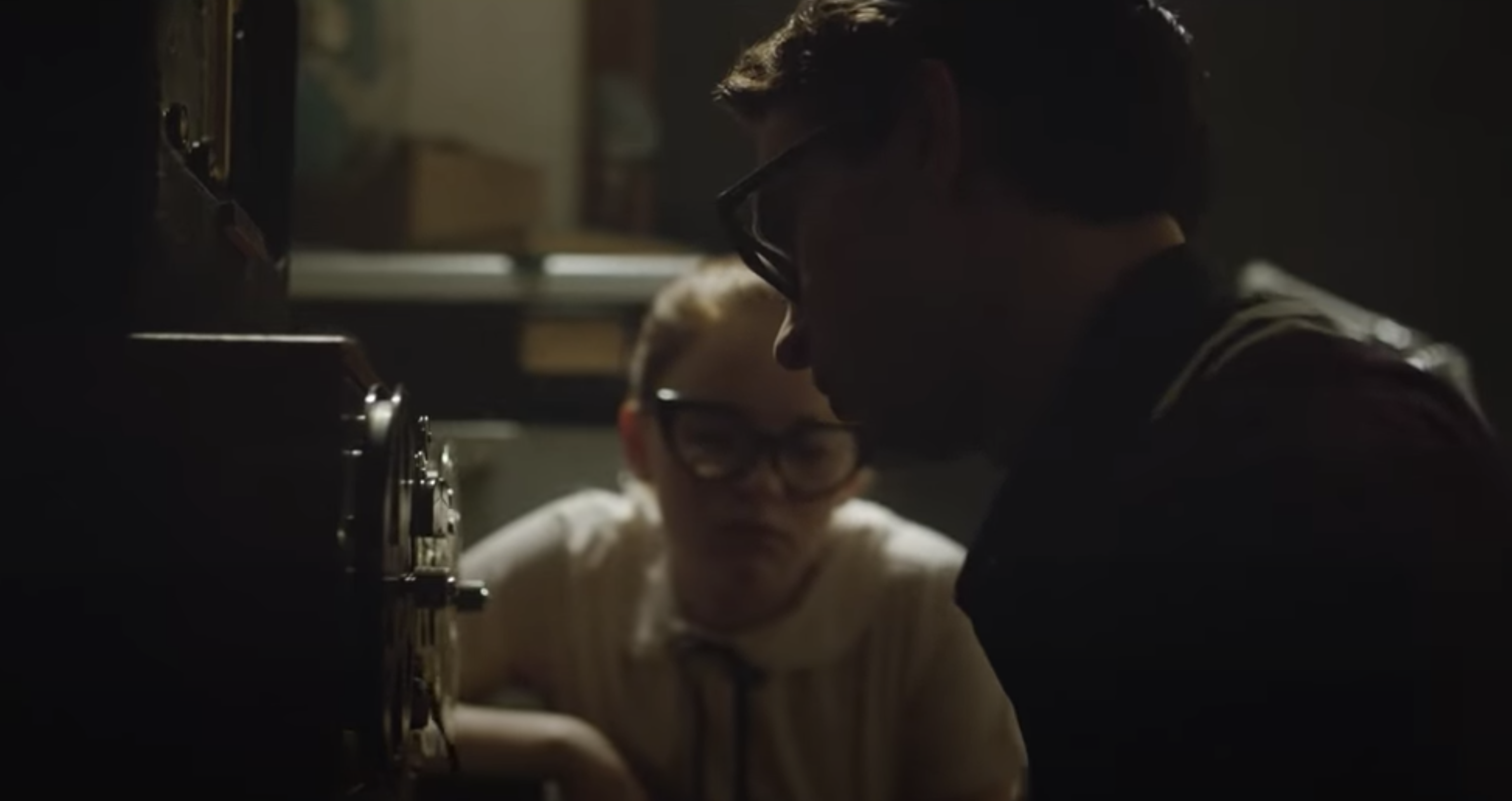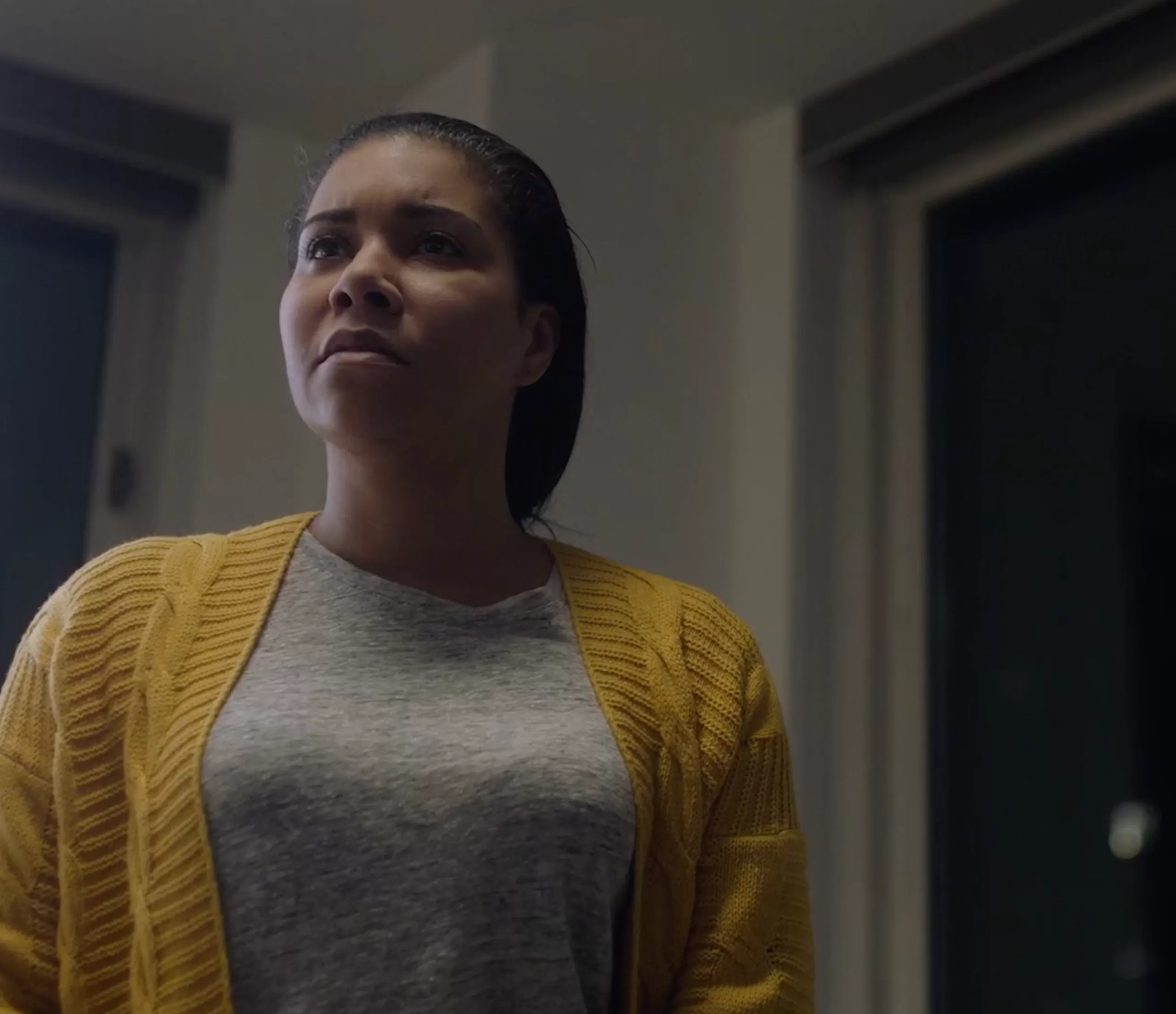The Conjuring
In “The Conjuring” Patrick Wilson and Vera Farmiga take the roles of paranormal investigators Ed and Lorraine Warren, a Nick and Nora of supernatural troubleshooting. The real-life Warrens are best known in some circles as investigators at Amityville. “The Conjuring” comes from a lesser known incident earlier in their career, a 1971 investigation at a 300-year-old Rhode Island farmhouse. The Perrons–husband, wife, and five daughters–moved in to find creeky doors, scary cellars, evil music boxes, and things that go bump in the night. At 3:07 a.m. every night, to be exact.
The thing that will scare the wits out of you is a hide-and-clap game. One child puts on a blindfold. The other children run and hide. A clap from the seeker must be answered by a clap from the hiders. Think of Marco Polo, only on dry land. It looks like a fun family game. After “The Conjuring”, no family will ever play it again.
The horror of two hands clapping is the perfect example for the film’s powerful, terrifying minimalism. Many films labeled minimalist feel limited by their circumstances. This one feels liberated from present-day horror film conventison. Rather than build on gore or effects, the film is built on small, familiar things and some of the most patient scenes you will see.
Much has been celebrated about the action film moving back to basics. When coupled with his previous release Insidious, director James Wan seems to be leading a similar retro movement in the horror division.
One of the small geniuses of “The Conjuring” is the fact that it feels “made then.” Rather than update, Wan’s smartest decision is to shoot period and go for verisimilitude. The digital cinematography of John R. Leonetti feels like era-driven film stock, due to the lighting’s influence. What’s really frightening is the skill found in Julie Berghoff’s production design, which includes a fantastic built-from-scratch replica house.
The words that are accumulating around this style are “old-fashioned,” “old-school,” “classical.” There are few originalities, but that seems like an effective part of the exercise. There’s little foul language, and the feeling of childhood innocence is so thick that the children could start singing. It could be a Disney film, except for the part where it sends the kids home with nightmares.
I happened to see “The Exorcist” earlier this year. What struck me about the 1973 classic is its medieval tone, the suggestion that maybe we’re not as far away from the Middle Ages as we think. The film doesn’t just scare; it provides an accounting of the way we live. While enormously effective, that extra level is missing. We’ll have to settle for what “The Conjuring” is–an innocent throwback frightfest.
news via inbox
Nulla turp dis cursus. Integer liberos euismod pretium faucibua



